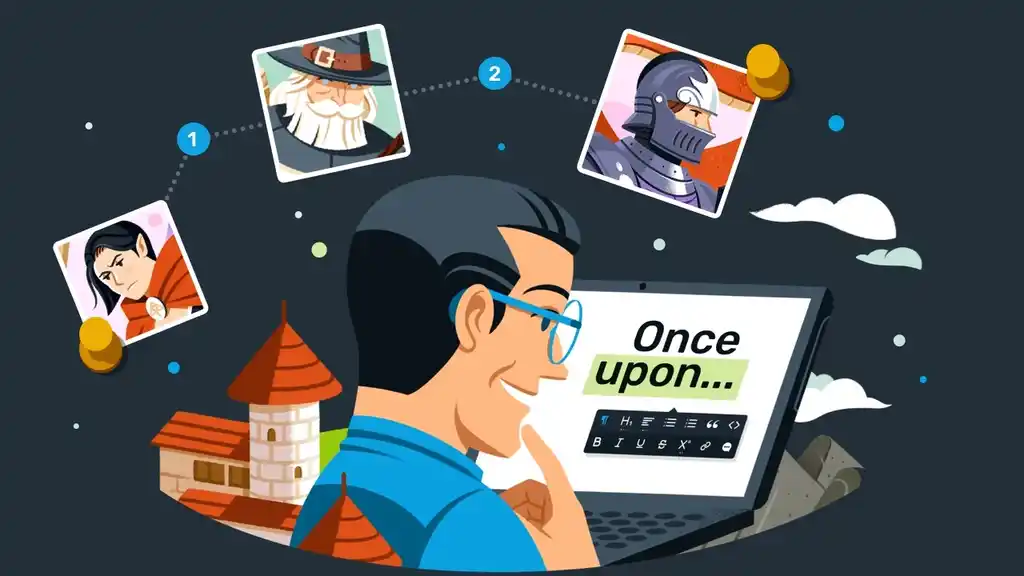Guides • Perfecting your Craft
Last updated on Oct 15, 2025
The Inciting Incident: Definition, Examples & Writing Tips
Savannah Cordova
Savannah is a senior editor with Reedsy and a published writer whose work has appeared on Slate, Kirkus, and BookTrib. Her short fiction has appeared in the Owl Canyon Press anthology, "No Bars and a Dead Battery".
View profile →The inciting incident in a book is the event that kicks off the main conflict, launching the plot in every story. Think of it as the start of a protagonist's story: the one that disrupts their ordinary life and compels them to take action into the great narrative unknown. It might be anything from a dramatic death (as in Agatha Christie's novels) to an unexpected visitor at the door (aka The Hobbit).
If you ever had any doubt about how this plot element works, here’s your comprehensive guide to the elusive inciting incident: what it is, its role in storytelling, examples of inciting incidents from popular works of fiction, and practical tips to help you craft your own.
Let’s kick things off! (Pun intended.)
What is an inciting incident?
As we mentioned, an inciting incident in literature is the pivotal event that launches the main conflict of a story. It disrupts the protagonist’s normal life, compelling them to take action and propelling the plot forward.
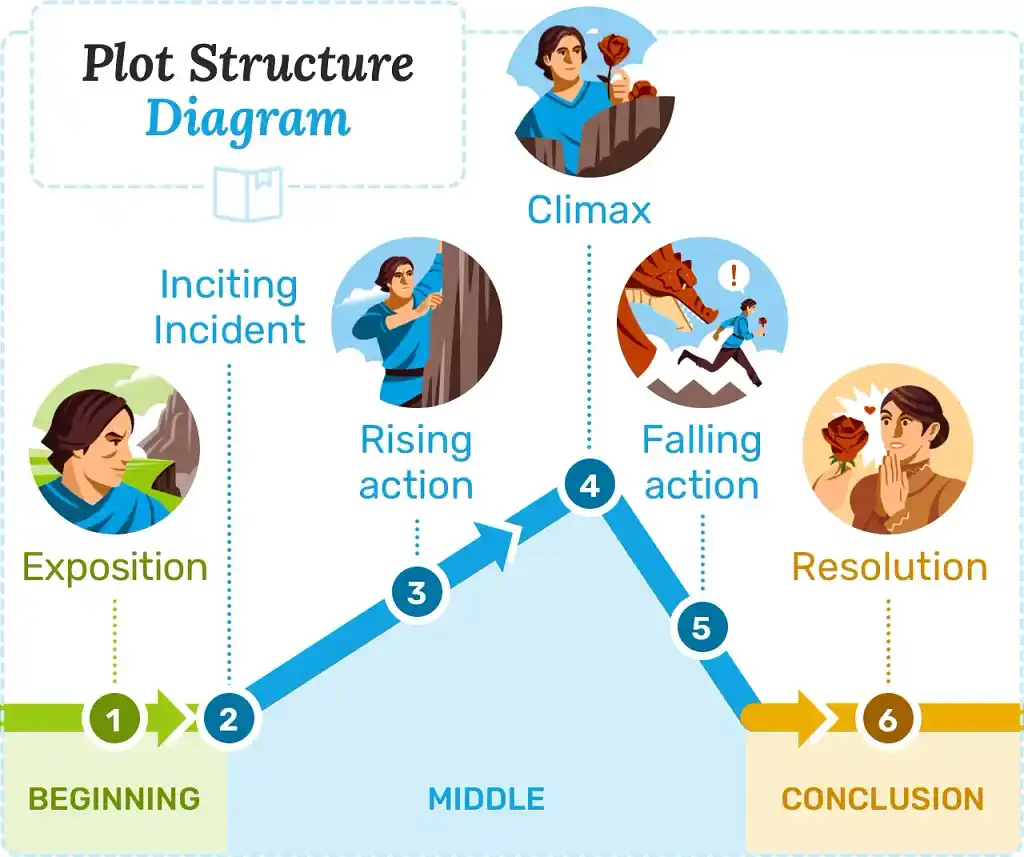 If someone asked you to describe a story in a sentence or two, odds are you’ll have to include the inciting incident — it’s that important to the progression of the book. In The Matrix, for example, Neo chooses to take the red pill, which helps him discover that his entire life is a simulation. Of course, not every inciting incident can be summed up so succinctly, but the most memorable ones share several crucial and compelling elements.
If someone asked you to describe a story in a sentence or two, odds are you’ll have to include the inciting incident — it’s that important to the progression of the book. In The Matrix, for example, Neo chooses to take the red pill, which helps him discover that his entire life is a simulation. Of course, not every inciting incident can be summed up so succinctly, but the most memorable ones share several crucial and compelling elements.
Let’s go through a few now, while illustrating them with the help of one of fiction’s most memorable inciting incidents — the start of Bilbo’s great adventure from J.R.R. Tolkien’s The Hobbit.
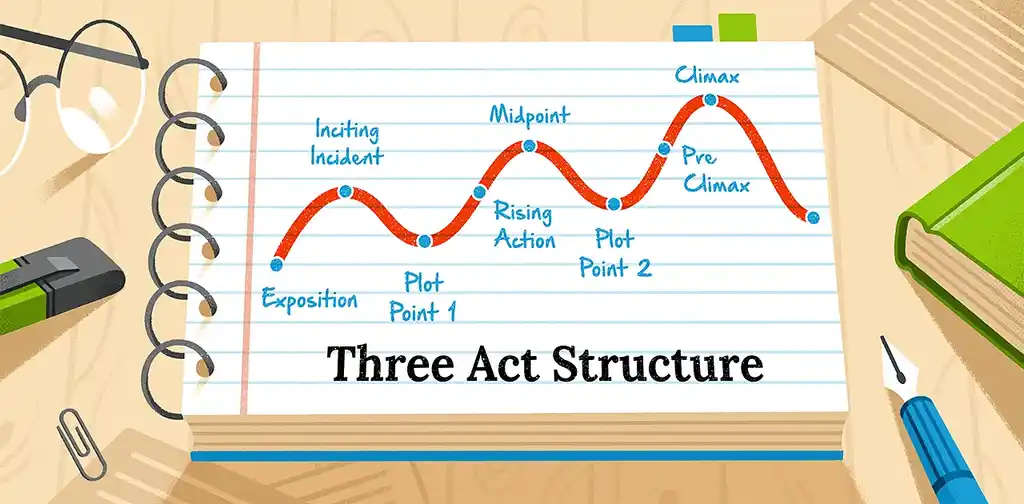
FREE COURSE
How to Plot a Novel in Three Acts
In 10 days, learn how to plot a novel that keeps readers hooked
The 4 defining characteristics of an inciting incident
The inciting incident disrupts the status quo
So you’ve established the status quo in your story’s exposition phase. Great! The inciting incident should now disrupt it. Because this is the point when the central conflict is introduced, there should be a clear “before” and “after” on either side of your inciting incident. Before, the protagonist is typically comfortable in their circumstances and uninterested in engaging with the conflict of the story. After, the conflict gets too large to ignore and they’re forced to step in and take action for themselves.
In the opening pages of The Hobbit, Bilbo is content to enjoy his peaceful life in the Shire, drinking tea and puffing his pipe. That’s his status quo. His life, however, is disrupted when Gandalf arrives on Bilbo’s doorstep with talk of a grand quest. Bilbo is uninterested, turning the wizard away with an emphatic “Good day!” This rejection doesn’t last long, of course, as Bilbo’s dormant desire for adventure is awakened, and he joins Gandalf’s party on their arduous journey, which springs the rest of the story into action.
The inciting incident establishes the stakes
The inciting incident clarifies what your protagonist stands to gain or lose, while defining the wider ramifications of the conflict. A successful inciting incident will tie together the large-scale consequences of the conflict with what’s at stake for the protagonist personally, whether that’s a moral dilemma or a journey towards self-discovery.
Going back to our example in The Hobbit, we can see Tolkien expertly linking the consequences of the novel’s greater conflict with Bilbo’s personal growth. The stakes of our heroes’ journey are made clear through the dwarves' ballad: they must embark on a grand quest to reclaim the dwarves’ lost gold, which is being held captive by a fearsome dragon. But the dwarves question whether Bilbo has the fortitude to be the final member of their company, laying the groundwork for Bilbo’s future journey towards self-discovery.
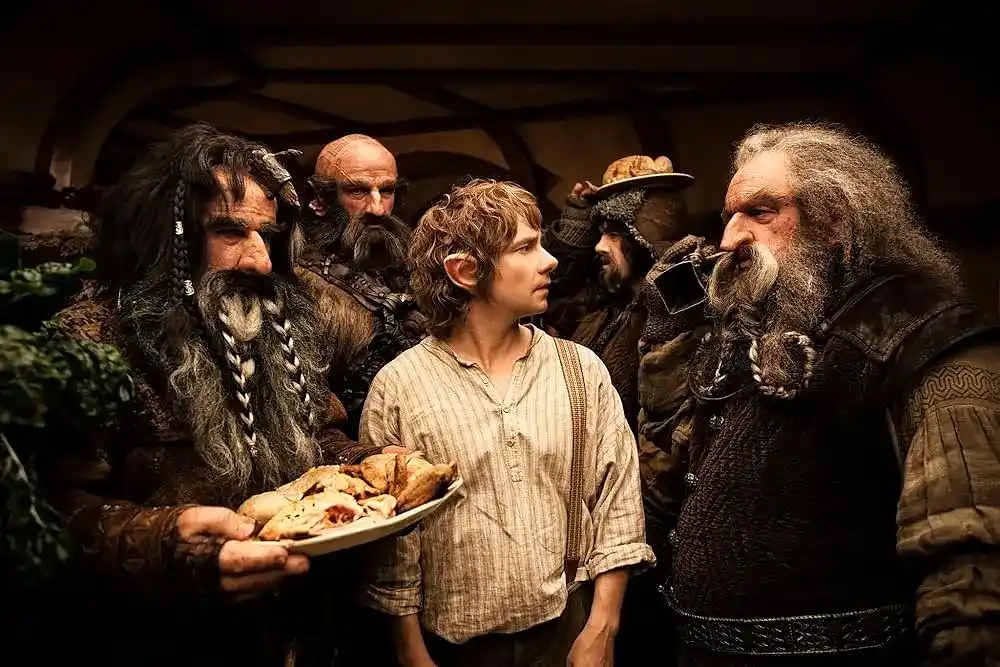
The inciting incident establishes the scope
Similarly, the inciting incident also acts as an opportunity for you to determine the scope of your conflict. It sets expectations not just for the type of conflict that your protagonists will encounter, but also for how far-reaching its consequences might be.
The Hobbit may kick off with a whimsical dinner party in an unassuming hill in the Shire, but there is no mistaking the grand scale of the journey: the dwarves sing of the misty mountains, dungeons deep, and caverns old that they must traverse to reach their final location. If instead their song spoke of rolling hills, sunlit hollows, and slumbering wealds with a secret pot of goal resting at the end of a rainbow, readers might expect a more lackadaisical journey with a much smaller scope, a la Howl’s Moving Castle.
The inciting incident hooks the reader's interest
As the catalyst for your story, the inciting incident finally needs to create enough intrigue to get readers invested in the rest of your narrative to come. The best inciting incidents are dramatic enough to be memorable in their own right, while also generating enough intrigue and tension to irrevocably hook the reader. Most inciting incidents will also plant a lingering question or two in your reader's mind to compel them to keep reading, which might also leave the reader wondering how the protagonist is going to succeed in their quest.
We’ve talked plenty about the dwarves’ opening chorus in The Hobbit, and for good reason! It’s a delightfully distinct introduction that helps capture the audience’s imagination from the jump. Much like Bilbo, readers will be drawn in by promises of gold, magic, and adventure — and much like the dwarves, they will be left wondering how the unassuming Mr. Baggins will be of any help on such a gruelling expedition.
4 examples of inciting incidents
Example #1: The crash landing in Lord of the Flies
Lord of the Flies, which kicks off with a plane crash, checks every box for a compelling inciting incident.
- Status quo disrupted? ✅ The young boys are now stranded on a deserted island, instead of their comfy homes in England.
- Stakes established? ✅ They have to survive long enough to get off this island.
- Interest hooked? ✅ Readers are now left wondering how the boys will make it back to civilization, and what they’ll need to endure along the way.
It also takes place immediately, forgoing other cases of inciting incidents that only happen after a few chapters of exposition and background information for context. So if you want your readers to be immersed in plot quickly, consider taking a page out of William Golding’s book (literally).
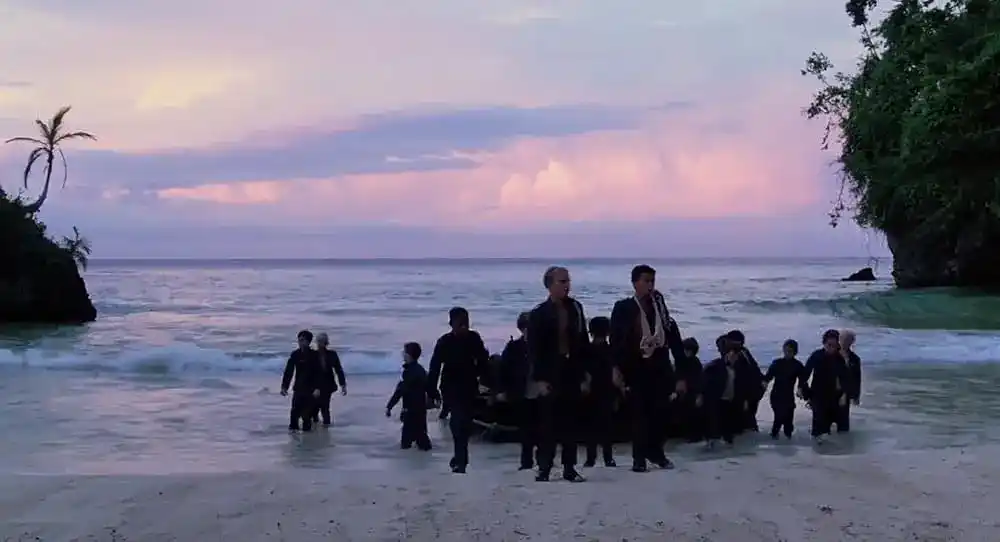
Example #2: The opening shark attack in Jaws
In keeping with the beach theme, the shark attack in the opening scene of Stephen Spielberg’s Jaws is an excellent example of what an effective inciting incident can accomplish. The film kicks off at a summer party in an American seaside town. Guests are drinking, laughing, and generally having a good time; there’s no reason to fear anything in their little corner of paradise. That all changes when one innocent party-goer decides to cool off with a quick dip in the ocean. As the foreboding notes of the film’s iconic score begin to play, the swimmer realizes that she’s not alone in the water.
The audience gets to see the panic on our poor victim’s face, but crucially, they do not see the shark itself in action. It may not be a mystery what the threat lurking in the water is (the movie is called Jaws after all!), but this inciting incident makes it clear from the get-go that the tension in this story is derived from our inherent fear of the unknown. Not knowing when the shark will strike helps create the edge-of-your-seat atmosphere that the film is famous for. The stakes are clear: there’s a shark in the water, and if it’s not dealt with, the lives of innocent beach-goers will be in danger.
That begs the question that remains for the rest of the movie — how many more lives will be lost, and how can such a terrifying predator be defeated in its own domain?
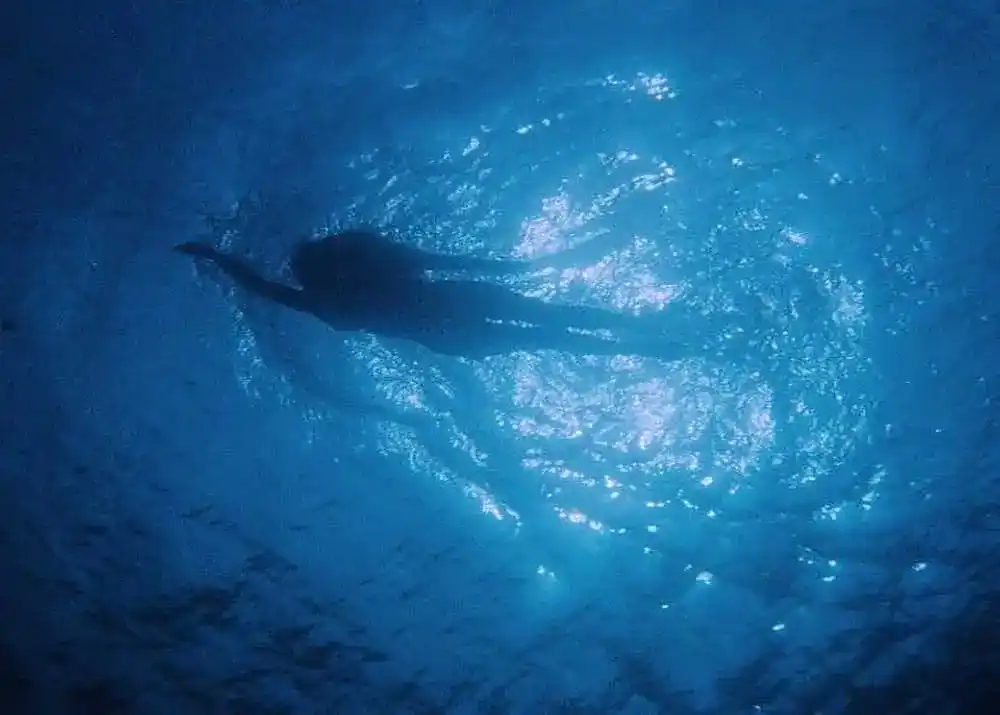
Example #3: Mrs Dalloway’s visit to the flower shop
For a slightly less intense example of an inciting incident, we have Clarissa Dalloway’s visit to the flower shop from Virginia Woolfe’s Mrs. Dalloway. As Clarissa wanders London making preparations for her party that evening, she reminisces about her youth, and the romantic connections of days gone by.
Though it may seem mundane on the surface, Clarissa’s innocuous journey across the city gives her space to reflect on the choices she’s made throughout her life that have led to her current status as a high-society hostess. Her thoughts intertwine with the stories of the people that she encounters during her trip, building towards the all-important party that evening where her past and present collide.
This inciting incident might be fairly tame compared to the ones we’ve discussed so far, but it’s no less effective. A challenge to the status quo doesn’t always need to be a world changing catastrophe: in this case, it’s Clarissa’s inner world that’s being disrupted.

Example #4: The fall of Shiganshina in Attack on Titan
Taking a turn back to the dramatic, we have the fall of Shiganshina from Attack on Titan. In this world, humanity has been forced behind three enormous walls to protect themselves from a mysterious species of man-eating monsters known as Titans, and young Eren Jaeger lives in a city on the outermost wall dreaming of what the world outside might look like.
The arrival of the Colossal Titan, a monster large enough to kick down the city’s entrance, cuts Eren’s starry-eyed optimism down to size by triggering a full-blown Titan invasion. Witnessing his mother’s death at the hands of a Titan is Eren’s inciting incident: he swears revenge and enlists in the military.
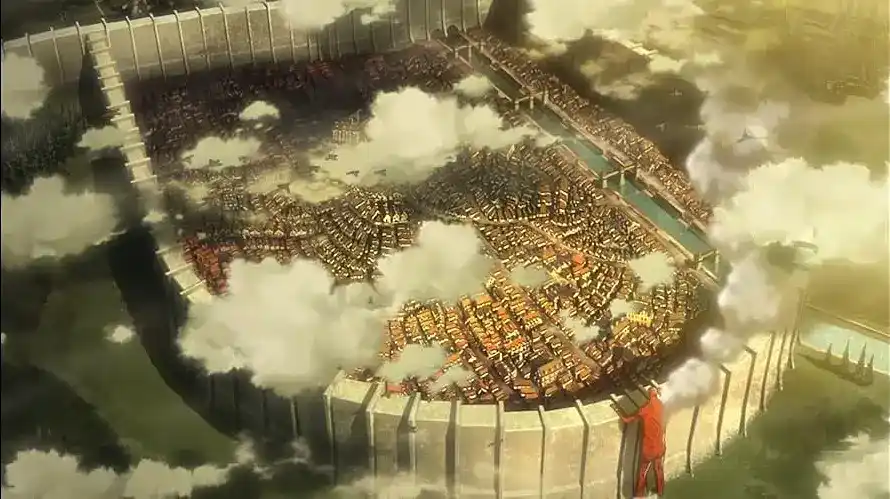
This inciting incident sets up plenty of compelling questions that will leave viewers hungry for answers. How, for instance, did humanity end up in this walled society? What are the Titans, and why do they eat humans? Eren’s personal investment (stemming from the loss of his mother) and the greater conflict are introduced simultaneously, which makes this hook both emotionally resonant and grand in scale.
3 tips to write an inciting incident
Now that we’ve gone through a few examples of inciting incidents, you should be just about ready to incite a story yourself! Here are some tips to get you started.
1. Place your inciting incident early to engage readers
The inciting incident isn’t just important for your characters, but for your readers, too. It alerts them to what the story will be about, and gives them a rough idea of where the plot is headed.
Ideally, your inciting incident should take place in the first 10% or so of your story. Some occur later: in Great Gatsby, for example, Gatsby and Daisy finally reunite at Nick's house about a third of the way through the novel. This is the exception, not the rule, however. Wait too long to drop your inciting incident, and readers will become frustrated and lose interest!
After your inciting incident takes place, you can structure your story in any number of ways — but you need that early event to reel the audience in hook, line, and sinker.
2. Make the scene exciting or dramatic
As the major event that kicks the story into gear as well as the jumping-off point for your main character's journey, the inciting incident will be exciting inherently. You should use your writing to enhance that drama, making it clear that this is the moment the readers have been waiting for!
In the scene leading up to the incident, try shortening your sentences and using more active verbs to create a sense of urgency. You can also dramatize the scenery itself — as in Harry Potter when Hagrid bursts through the door, thunder rolling behind him. If there are other people present, use dialogue to demonstrate how groundbreaking this is: have characters responding commensurately to reflect the reaction you’re looking to invoke in your readers.
3. Involve some external force
This adds to the drama of the scene, as inciting incidents tend to have a stronger effect when what happens to the main character is unexpected or out of their control. So as you’re writing yours, consider using external forces to your advantage.
Besides the examples above, a perfect instance of this is the beginning of another Spielberg classic: Jurassic Park. When a storm hits Isla Nublar, the park’s security systems fail and the captive dinosaurs are unleashed, forcing the characters to survive in a now-chaotic environment.
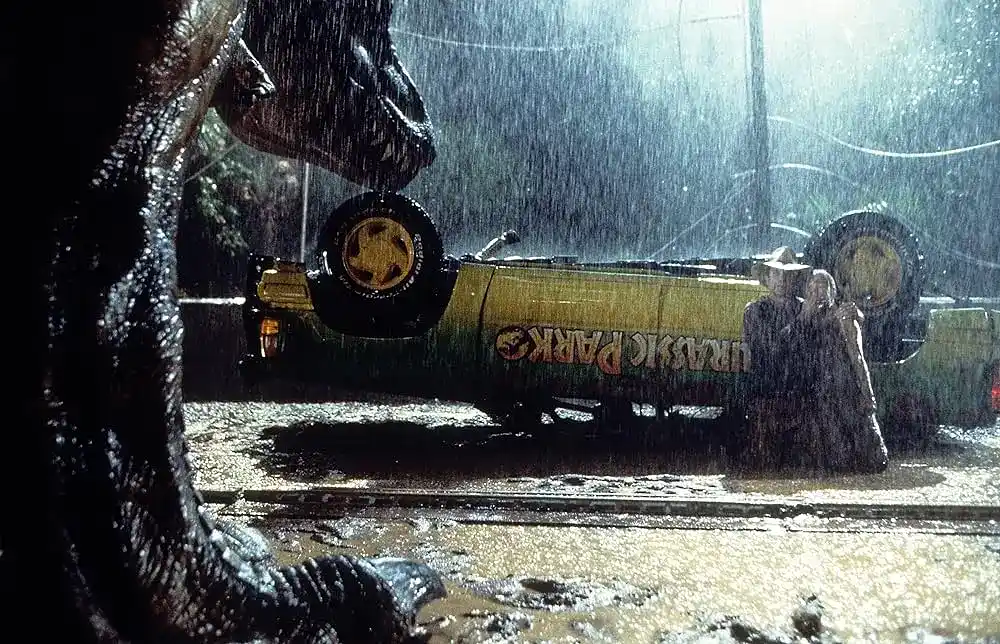
Not every story will start with a major natural disaster, but there are plenty of other external forces to choose from: mystical prophecies, dystopian governments, or even just your protagonist's mom kicking them out of the house. As long as it taps into your character's goals and sets them on a new path, it should get the job done.
There you have it — everything you need to know about the inciting incident. Of course, we’re still only at the base of our plot diagram mountain, so if you’d like to start your ascent, read the next post in our guide on the rising action.

